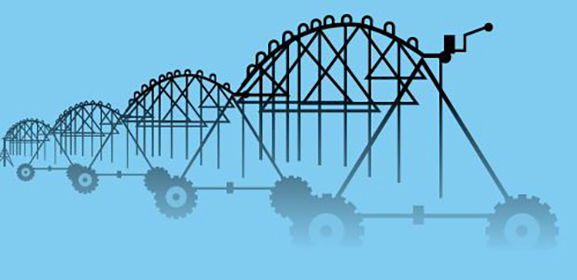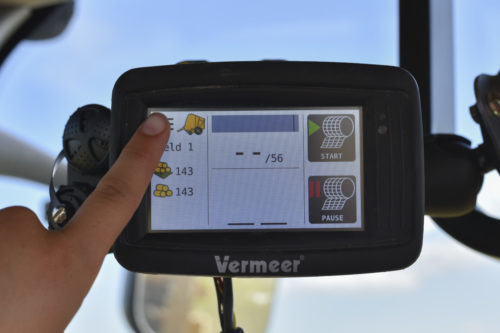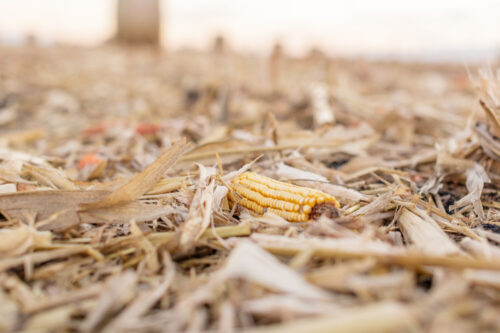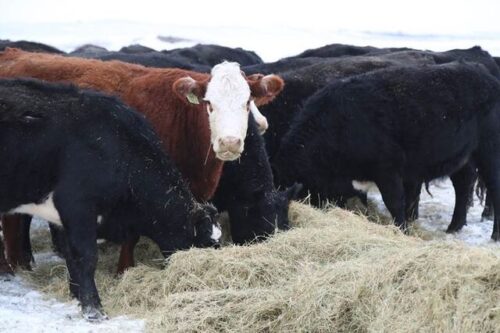
Irrigation Strategy Recommendations
June 2015
Irrigate early, if the root zone can hold the moisture, during the months of April and May so the root zone is nearly saturated by the end of the period. Pivots should be slowed to the point where the application depth causes only minor runoff at the outspan. This helps maximize the depth per irrigation, reduce the number of irrigation applications and consequently, reduce the amount of wasted evaporation from wet leaves and wet soil.
- Maintain the irrigation equipment to eliminate leaks and poor water distribution.
- Monitor soil moisture diligently with a soil probe and soil moisture monitoring instruments to determine water availability in all alfalfa fields on a weekly basis.
- Be aware that transpiration through the crop creates yield, not evaporation from water droplets or soil.
- Dry harvested alfalfa quickly by having a wide windrow and rake at 40 percent moisture, followed by baling and removing the cutting as soon as possible from the field.
- When irrigation water is limited, try to provide adequate water until the water is gone and allow the crop to be mature and dry at the time of the last cutting so alfalfa plants will go into dormancy.
- If possible, only apply water to the best soils and dry up shallow or marginal irrigation sets.
- Use moderate irrigation rates on fewer acres rather than lightly irrigating all acres.
- Employ irrigation scheduling to best determine when to irrigate and how much water to apply.
- Late fall irrigation may be desirable on low water holding soils because dry soils, even during winter, may cause stand declines.
- Delaying irrigation until a canopy is formed will reduce the evaporation component from the soil and can convert more of the water into transpiration through the plants.
Article contributed by Dan Putnam, University of California Davis (UC-Davis) Department of Plant Sciences.






